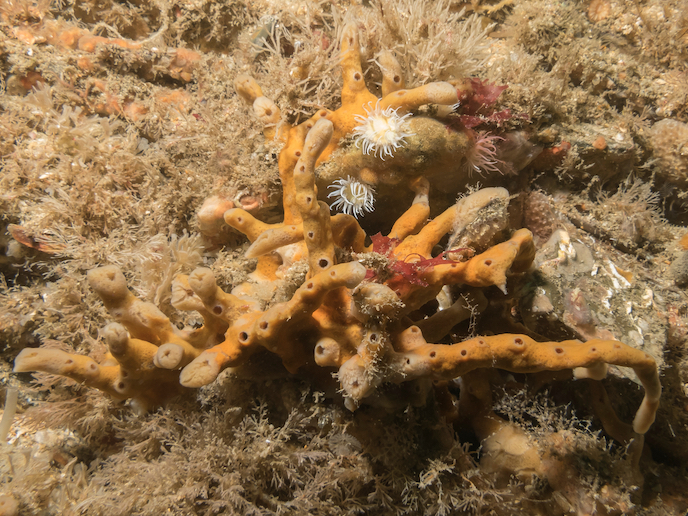Increasing our genomic knowledge of invertebrates
95 % of animals on Earth are invertebrates(opens in new window) – that is without a backbone – including insects, spiders and snails. Yet, with the exception of a few model organisms commonly used in research, such as the worm Caenorhabditis elegans and the fruit fly Drosophila, invertebrate genomes remain poorly understood. This is largely due to the diversity of their phenotypes and life cycles. Taxonomically, there are currently 35 phyla(opens in new window) of invertebrates covering everything from the tiny rotifer (0.1–0.5 mm) to the colossal squid (10–14 m). “Aside from knowledge gaps about their evolutionary and ecological importance, invertebrates offer a reservoir of genetic resources potentially beneficial to human health, as sources for novel drugs and biomimetic materials for example,” says Gert Wörheide, coordinator of the IGNITE(opens in new window) project, which was undertaken with the support of the Marie Skłodowska-Curie Actions(opens in new window) programme. As an Innovative Training Network (ITN) project, IGNITE trained 15 early-stage researchers (ESRs) within highly interdisciplinary and intersectoral projects. IGNITE’s research objective was to: investigate the evolution of invertebrates; understand how the environment changed their genome function; and develop and improve bioinformatic pipelines for genome and transcriptome assembly, analysis and semantic publication.
Developing more bespoke research approaches
It is known that the genomes of invertebrates are typically highly heterozygous(opens in new window), meaning they have inherited different genetic features from each parent. As these often contain many repetitive elements, genomic analysis is demanding. “Consequently the ‘one-size-fits-all’ approach which makes research with model organisms easier, doesn’t work with most invertebrates, so IGNITE designed more bespoke approaches,” explains Wörheide from the Ludwig Maximilian University of Munich(opens in new window), the project host. For example, one project(opens in new window) improved chromosome conformation capture methods, specifically Hi-C(opens in new window), making them more suitable for analysing non-model invertebrate genomes. This data is increasingly used to analyse how chromatin(opens in new window) is organised throughout the genome and understand the genome’s organisation in 3D, enabling genome scaffolds to be built for chromosome-scale high-quality reference genomes. Once improved, the techniques were used to study the genome of a marine worm chaetognath(opens in new window) – a taxonomical group that has proven very challenging to genomically assemble using conventional approaches. “This comparative genomics achievement will help shed light on the evolution of this understudied animal, and works as a proof of concept for other similar animals,” adds Wörheide. Another project(opens in new window) used sequenced genomes, transcriptomes, and bioinformatic analyses, to investigate how natural animal defences occurred over the last 500 million years. The researchers characterised the biosynthetic pathways for venom production in Conus sea snails. “As well as telling us more about species evolution, ecological fitness and diseases, knowing more about such naturally engineered protections could have biotechnological applications, such as providing compounds for drugs,” says Wörheide. Indeed, a different project(opens in new window) studied the genomes of Haliclona oculata(opens in new window) (a marine sponge) to learn how they produce cytotoxic secondary metabolites. These are thought to be used as a protective mechanism, for example to secure habitats amongst coral reefs. As these bioactive compounds inhibit cell division in competitor organisms, they are of medical interest, as they could also be used to develop new antimicrobial, antiviral and anticancer drugs, such as steroids or alkaloids.
Future leaders of innovation
While many of IGNITE’s ESRs have not yet completed their PhD, the group has already published(opens in new window) a series of articles. “Genomicists are increasingly in demand by research institutions, as well as software and biomedical companies. Through their training – from geobiology to bioinformatics – our graduates are well placed to lead innovations that will create a real step change for society, the economy and the environment,” concludes Wörheide. The appointment of several ESRs immediately after their IGNITE tenure, to prestigious positions in academia and industry, testifies to this.







